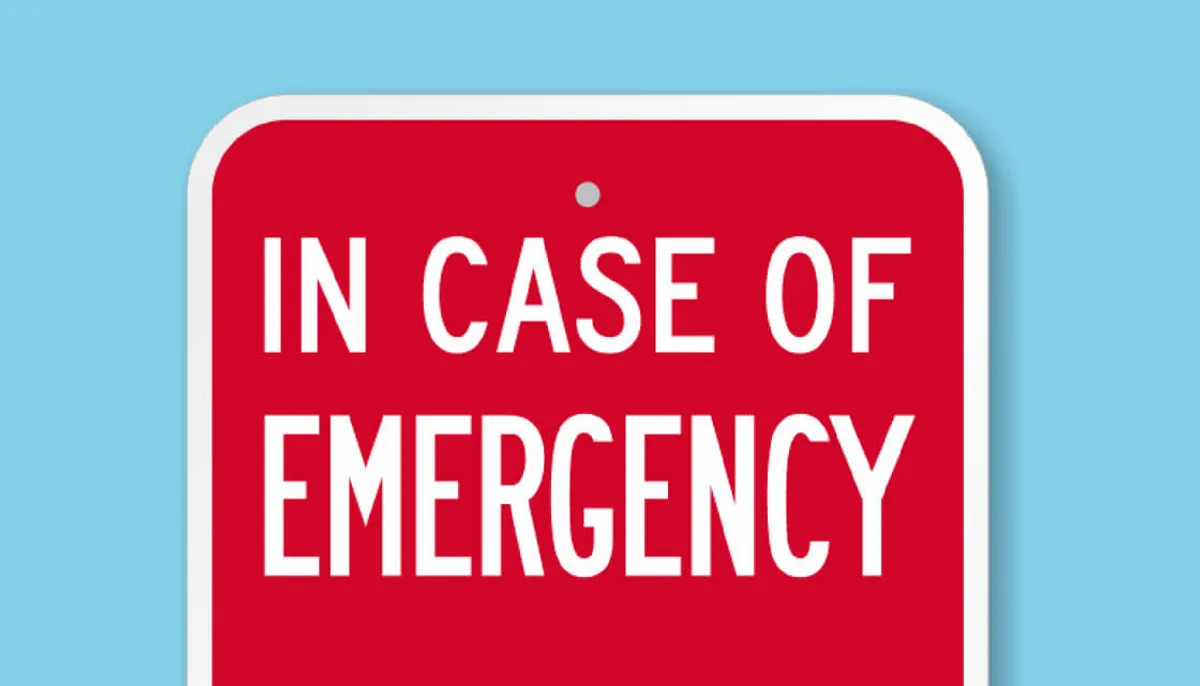
When your HVAC system fails unexpectedly, especially during extreme Texas weather, it can feel like a true emergency. But before you panic and make that expensive emergency service call, there are several important steps you can take that might save you hundreds of dollars and potentially solve the problem yourself.
1. Safety First - Check for Gas Leaks or Electrical Issues
Before anything else, prioritize safety:
- Smell test: If you detect any gas odors, immediately turn off your gas supply, evacuate the building, and call your gas company
- Listen for unusual sounds: Loud banging, screeching, or electrical buzzing could indicate dangerous conditions
- Look for sparking: Any visible sparks or electrical arcing requires immediate professional attention
- Check for water leaks: Standing water around your HVAC unit could indicate serious problems
If you notice any of these warning signs, call Texas Temp Masters immediately at (817) 704-0706 for emergency service.
2. Check Your Thermostat Settings
This might seem obvious, but thermostat issues cause 20% of HVAC service calls in Central Texas:
Basic Thermostat Troubleshooting:
- Verify the settings: Ensure it’s set to “Heat” or “Cool” as needed
- Check the temperature: Make sure the setting is appropriate (at least 5°F difference from room temperature)
- Look at the display: A blank screen might indicate dead batteries or power issues
- Test the fan setting: Try switching between “Auto” and “On” to see if the fan responds
Battery Replacement:
Most thermostats use AA batteries. If your display is dim or blank:
- Remove the thermostat from its wall mount
- Replace batteries with fresh ones
- Reset any programming if needed
- Wait 5-10 minutes for the system to respond
3. Inspect Your Air Filter
A clogged filter is the #1 cause of HVAC problems in Texas due to our dusty conditions:
How to Check Your Filter:
- Locate the filter (usually in the return air duct or air handler)
- Remove carefully to avoid dropping debris
- Hold up to light - if you can’t see through it clearly, it needs replacement
- Check the frame for the size (typically 16x25x1, 20x25x1, etc.)
Emergency Filter Solutions:
- Temporary cleaning: For washable filters, rinse with water and let dry completely
- Emergency replacement: Any properly-sized filter is better than a severely clogged one
- Multiple pets or dusty conditions: Change filters monthly instead of quarterly
4. Check Your Circuit Breakers and Power
Electrical issues cause many “emergency” calls that homeowners can resolve:
Circuit Breaker Inspection:
- Locate your electrical panel (usually in garage, basement, or utility room)
- Look for tripped breakers - they’ll be in the middle position, not fully “on” or “off”
- Reset properly: Turn completely off, then back on
- Check both breakers: Many HVAC systems have separate breakers for indoor and outdoor units
Outdoor Unit Power:
- Check the disconnect switch near your outdoor unit (looks like a pull-out box)
- Ensure it’s in the “on” position
- Look for tripped GFCI outlets if your unit plugs into one
5. Inspect Your Outdoor Unit
For Air Conditioning Issues:
- Clear debris: Remove leaves, grass clippings, and other obstructions from around the unit
- Check for ice: If you see ice formation, turn off the system and let it thaw completely
- Examine the condenser coils: Dirty coils can cause the system to fail
- Ensure proper airflow: Maintain at least 2 feet of clearance around all sides
For Heat Pump Issues:
- Light frost is normal in winter, but thick ice indicates a problem
- Check defrost cycle: The unit should occasionally switch to cooling mode to remove ice
- Listen for the reversing valve: A slight “whoosh” sound when switching between heating and cooling is normal
When to Call Texas Temp Masters Immediately
Don’t attempt DIY repairs if you notice:
- Gas odors or suspected gas leaks
- Electrical sparking or burning smells
- Water leaks or flooding around equipment
- Loud mechanical noises (screeching, banging, grinding)
- Complete electrical failure after checking breakers
- Refrigerant leaks (ice formation, hissing sounds, oil spots)
Professional HVAC Emergency Service in Central Texas
If these troubleshooting steps don’t solve your problem, or if you’re dealing with a true emergency situation, Texas Temp Masters provides same-day emergency service Monday-Friday 8AM-5PM throughout Central Texas.
Why Choose Texas Temp Masters for Emergency Service:
- Licensed TDLR contractors with 15+ years experience
- Fully stocked service trucks for immediate repairs
- Transparent pricing with upfront estimates
- Same-day service throughout Killeen, Waco, Temple, and Harker Heights
- All major brands serviced: Carrier, Trane, Lennox, Goodman, York, Rheem
Service Areas:
- Killeen & Fort Hood
- Waco & McLennan County
- Temple & Bell County
- Harker Heights
- Belton & Copperas Cove
For emergency HVAC service, call (817) 704-0706 today.
Preventing Future HVAC Emergencies
Regular maintenance prevents 80% of HVAC emergencies:
- Change filters monthly during heavy use seasons
- Schedule bi-annual tune-ups (spring for AC, fall for heating)
- Keep outdoor units clean and clear of debris
- Monitor your energy bills for unexpected increases
- Address small problems quickly before they become emergencies
Remember, most HVAC “emergencies” can be prevented with proper maintenance and quick attention to minor issues. But when you do need professional help, Texas Temp Masters is here to provide expert service throughout Central Texas.
Call (817) 704-0706 for professional HVAC service and emergency repairs.